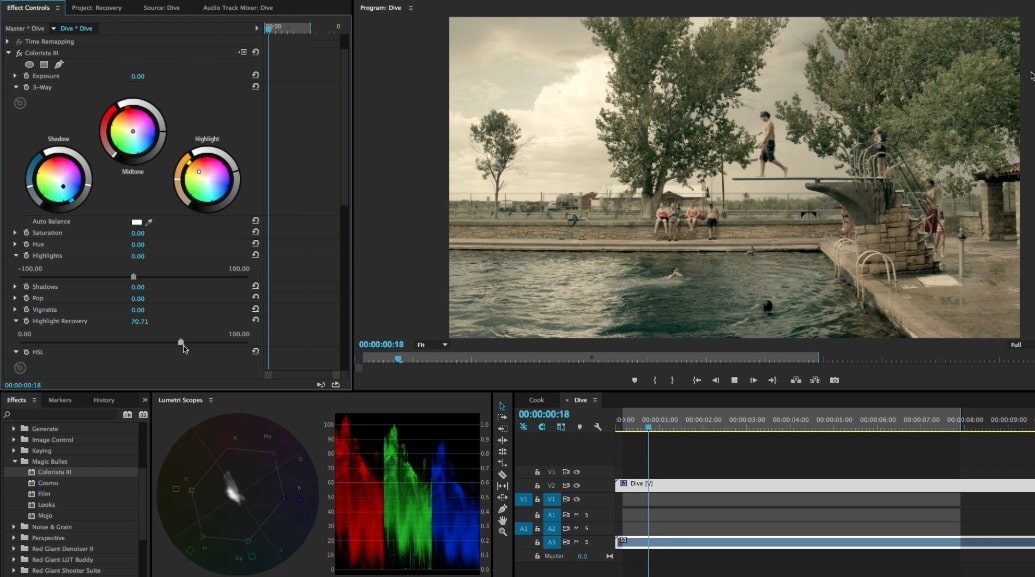
The star may slowly shrink and expand more than once as it evolves into a red giant. Consequently, the outer layers cool down and the color of the star (which is a function of temperature) becomes red. The core's contracting releases gravitational energy into the surrounding regions of the star, causing it to expand. With no hydrogen left at the core of a star to fuel the nuclear reaction that keeps it burning, the core begins to contract. The star takes on a reddish color, which is what gives it its name. In this phase, a star's surface temperature drops to between 3,140 and 6,741 ☏ (1,727 and 3,727 ☌) and its diameter expands to 10 to 1,000 times that of the Sun. An average-sized star like our Sun will spend the final 10 percent of its life as a red giant. DOI: 10.A red giant is a star that has exhausted the primary supply of hydrogen fuel at its core. Cosci: Colour evolution of Betelgeuse and Antares over two millennia, derived from historical records, as a new constraint on mass and age, MNRAS, 2022. In about 1.5 million years, it will finally explode as a supernova.” Betelgeuse is now 14 million years old and in its late evolutionary phases.

“The fact that it changed in color within two millennia from yellow-orange to red tells us, together with theoretical calculations, that it has 14 times the mass of our Sun – and the mass is the main parameter defining the evolution of stars. Neuhäuser said, “The view back in time delivers strong impulses and important results, which can hardly be solved without historical observations.” This new analysis includes historical celestial observations and collaboration with languages, history, and natural philosophy experts. Today, Betelgeuse is comparable in brightness and color to Antares.”

From a statement by the Danish astronomer Tycho Brahe, one can conclude that, in the 16th century, Betelgeuse was more red than Aldebaran. Neuhäuser noted, “The Greek name Antares means “like Mars “in color it was indeed reported as red and compared to Mars for millennia from cultures around the world. More ancient writers, including Ptolemy, provide evidence that Betelgeuse, at their time, did not belong to the group of bright red stars that also included Antares (in the constellation Scorpio), Aldebaran, and others (in Taurus, the Bull). As a result, one can measure the former color of Betelgeuse with even greater accuracy. In addition to the foregoing, the Roman scholar Hyginus claimed that Betelgeuse had a color similar to that of yellow-orange Saturn some 100 years later. Ralph Neuhäuser from the University of Jena said, “From these specifications, one can conclude that Betelgeuse at that time was in color between the blue-white Sirius and Bellatrix and the red Antares.”


 0 kommentar(er)
0 kommentar(er)
